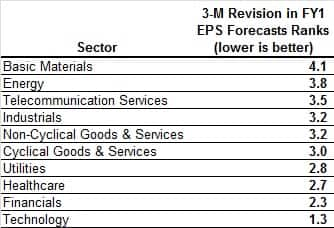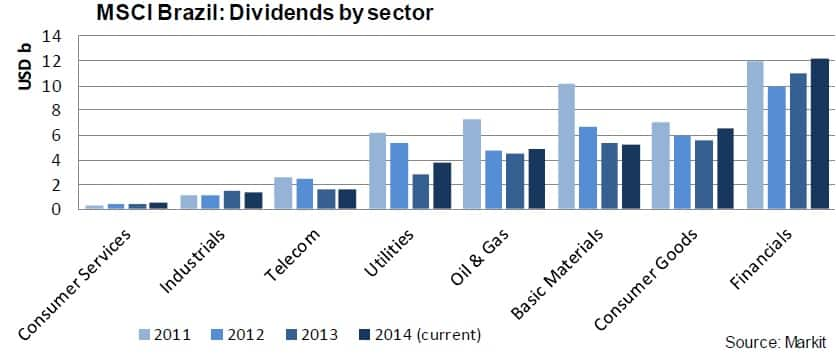Shorting ETFs
There are multiple benefits in using ETFs to gain short exposure to bond, equity and commodity markets worldwide, and to the associated fees. We review the latest developments in the increasingly popular ETF market.
- Bond ETFs dominate the top 20 most expensive to borrow among the US ETF universe
- There are high fees for short exposure to Russia, China and emerging markets
- The Proshares Ultra Vix Short-Tern Futures ETF has been one of the most profitable shorts over the past two years
ETPs have exploded in popularity over the past decade and there are now over 1900 products traded in the US alone. ETPs have become popular among short sellers seeking to gain exposure to markets or asset classes that can be difficult or impossible to short otherwise. For example, ETFs have become an alternative means to get short exposure to countries that have restrictions on equity short selling or an immature securities lending market. With many of the 833 (and growing) non US focused ETFs that trade in the US offering an increasingly diverse set of products, this phenomenon will no doubt grow in the coming years.
Loan balances healthy
The graph below shows how the total value on loan for US ETFs has increased over the past two years. This figure has risen to 48 billion, up from 30 billion in April 2012.
ETFs represent one of the few success stories in securities lending over the last couple of years. Fees generated through lending out ETF assets have generally held up despite the fact that the available pool of ETF assets to borrow from stands at an all-time high. Currently, return to lendable of US listed ETFs is five times higher than equities in the same market.
What funds are in high demand?
Because shares outstanding for ETFs can change daily due to the create/redeem aspect, the best way to gauge negative sentiment is often the indicative fee or the amount investors are willing to pay in order to borrow shares.
The cost to borrow ETFs is generally much higher than the average fees for stocks, and 73% of US ETFs that we cover have a fee greater than 150bps. That being said, fees are often not exorbitantly high as we rarely see them rise above 25%.

The 20 ETFs above currently have the highest indicative fees of all US ETFs and there are some clear commonalities. Six of the 20 are bond ETFs. As interest rates remain at historic lows, some investors will no doubt see ETFs as a conduit to take a view on rising rates, especially given the logistical issues around shorting bonds.
Investors are also willing to pay a premium for short exposure to emerging markets, Russia and China. These are all market areas that structurally impede or prohibit short selling. Paying 7% a year to borrow an Indonesian basket in a relatively liquid market starts to make sense when looking at the logistics needed to borrow the constituents in the domestic market whose borrow fees often match that of the ETF.
Do expensive to borrow funds underperform?
So far this year the Proshares Ultra Vix Short-Term Futures ETF is the clear underperformer. Rates for this ETF have remained consistently high over the past two years, and its abysmal performance has made it a very profitable trade for shorts.

Andrew Laird
Analyst
Markit